The $2.5 million effort aims to restore Scotland’s seagrass meadows
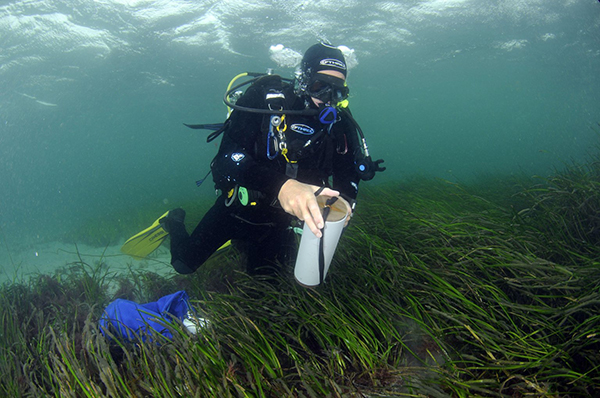
NatureScot is providing over £2 million (U.S. $2.5 million) to restore Scotland’s seas, with a focus on protecting and revitalizing Scottish seagrass meadows. Teaming up with Scottish and Southern Electricity Networks (SSEN) Distribution, this partnership marks the largest-ever single donation for marine enhancement in Scotland.
“Tackling the twin crises of climate change and biodiversity loss is a global and national endeavor which will require the collective effort of governments, businesses and our whole society to deliver the necessary change,” said Màiri McAllan, Cabinet Secretary for Wellbeing Economy, Net Zero and Energy. “This announcement is a great example of the potential for unlocking responsible private finance to support nature restoration and could be transformative for our precious seagrass.”
Considered “a wonder plant,” seagrass meadows created in shallow and intertidal waters provide food and shelter to an array of wildlife and are often compared to rainforests. Seagrasses have another great advantage: Their leaves and roots absorb carbon dioxide and lock it away, making them natural solutions to help tackle the climate crisis as well as reduce biodiversity loss. They can also improve water quality, reduce contamination in seafood and act as the first line of defense along coasts by reducing wave energy – protecting people from the increasing risk of flooding and storms.
Scottish seas are a special place for marine habitats like seagrass, with the coast stretching 18,000 km (11,184 miles) and containing more than 8,000 species. But seagrasses have been declining globally since the 1930s, with estimates that 7 percent of seagrass meadows are lost each year. This new initiative will see at least 14 hectares of seagrass planted in Scottish coastal waters.
Two years after shutdown, California oyster farm remains a community hot-button
“The restoration of seagrass meadows will bring tangible benefits to nearby communities both above and below the water level – not only is the carbon sequestration rate of seagrass estimated to be three times higher than land-based planting, the revitalized meadows will help to improve the spawning conditions for fish shoals and other marine life,” said Shirley Robertson, SSEN Distribution’s head of strategic planning and sustainability. “Furthermore, the learning from this program will improve understanding of nature investments and hopefully inform policy which, in turn, will enable others to join us as we all tackle the biodiversity crisis.”
The Scottish Marine Enhancement Fund (SMEEF), which is part of wider work on Scottish coastal, seabed and marine enhancement, will be open for applications later this year. Projects will be driven by local communities and full engagement and consultation with all interested groups will be essential to their success. Since it was established, SMEEF has secured and awarded more than £3.3 million (U.S. $4.2 million) to marine enhancement in Scotland.
Now that you've reached the end of the article ...
… please consider supporting GSA’s mission to advance responsible seafood practices through education, advocacy and third-party assurances. The Advocate aims to document the evolution of responsible seafood practices and share the expansive knowledge of our vast network of contributors.
By becoming a Global Seafood Alliance member, you’re ensuring that all of the pre-competitive work we do through member benefits, resources and events can continue. Individual membership costs just $50 a year.
Not a GSA member? Join us.
Author
-
Responsible Seafood Advocate
[103,114,111,46,100,111,111,102,97,101,115,108,97,98,111,108,103,64,114,111,116,105,100,101]
Tagged With
Related Posts
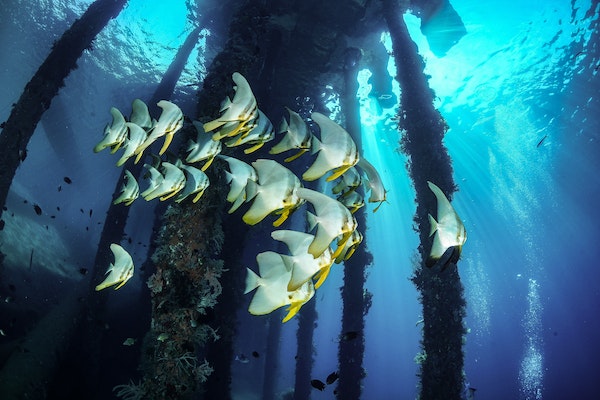
Responsibility
Can artificial reefs in seagrass meadows help protect the ocean against climate change?
A new study finds that artificial reefs can bolster seagrass growth in the tropics and help mitigate climate change.
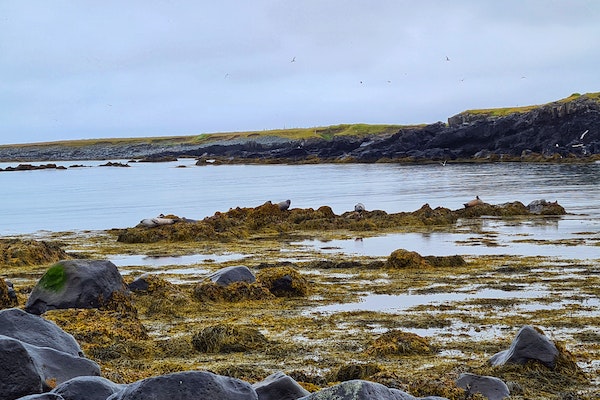
Responsibility
Seagrass at risk of decline from the effects of climate change, study concludes
Scientists project seagrass to decline in abundance and composition from the effects of climate change, even in a “best case” scenario.
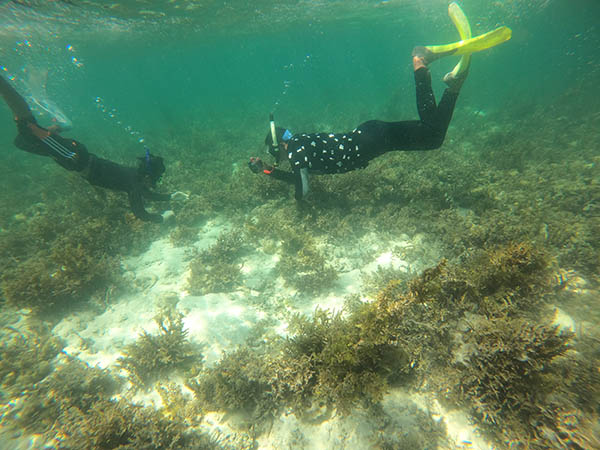
Responsibility
With ocean warming, wild seaweed stocks risk collapse without protection, experts warn
With ocean warming, scientists warn that urgent international protection measures need to be implemented to protect wild seaweed stocks.
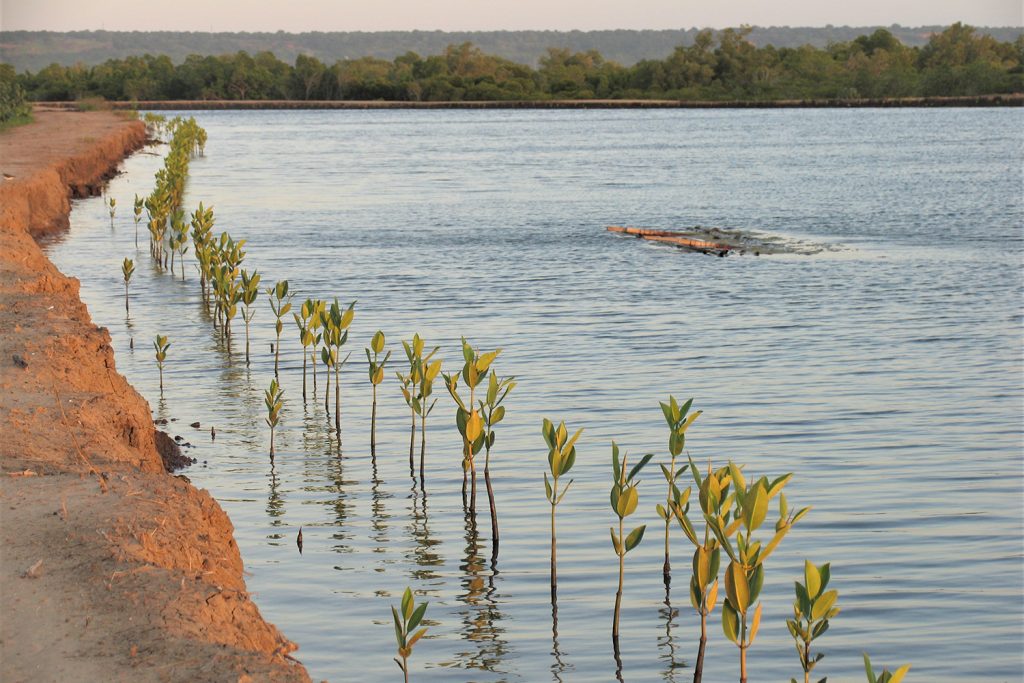
Responsibility
Pathogen filtration is an untapped coastal ecosystem service
Healthy coastal ecosystems are key for pathogen filtration, conservation efforts of threatened host populations and mitigation of disease outbreaks.



